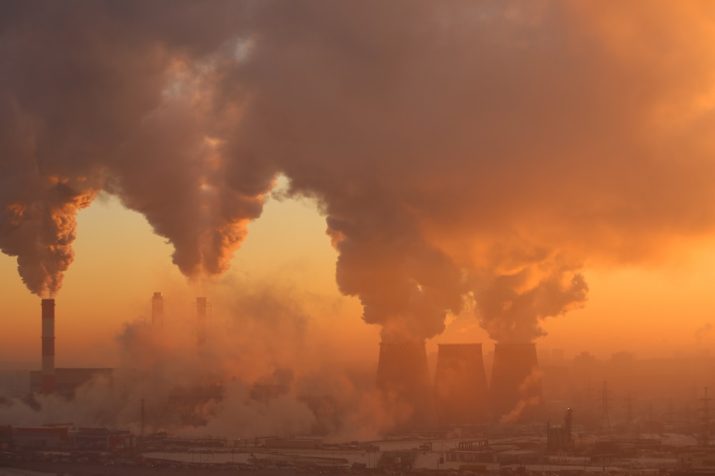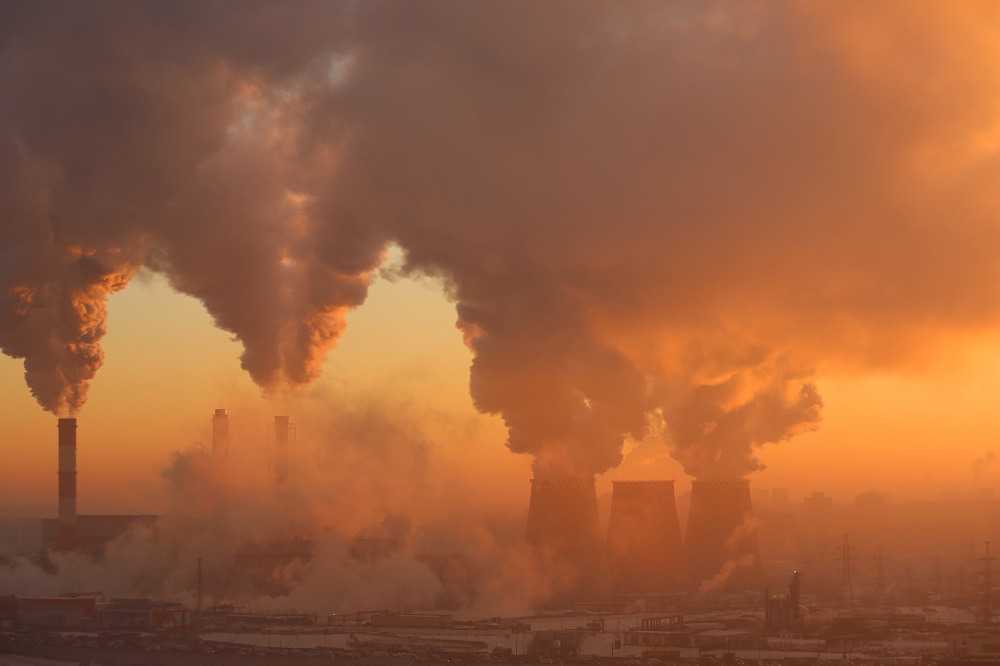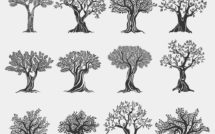

Like many people, I had been concerned about the frightening implications of the Anthropocene long before I even heard the word. As I worried about the widespread destructive impact of human activity on the earth, I became aware that geologists were debating whether that impact was so far reaching that it had caused a distinct geological epoch: the Anthropocene.
In the fall of 2013, I attended some walks around New York City organized by long-time environmental artist Mary Miss through her project CALL (City as Living Laboratory), in which scientists were paired with artists to address local environmental issues from rising sea levels to asthma triggers. I found the interdisciplinary nature of these walks to be a potentially good model in their mix of scientific information and interpretive strategies. Could artists succeed where scientists had failed in terms of convincing others of the urgency of our situation? Could working together be a solution? Later that year, I was on a panel titled “Shifting Domains,” at the Robert Rauschenberg Foundation, along with scientists, artists, including Mary Miss, and other art historians, and we continued this interdisciplinary conversation. Questions around the pitfalls of potentially aestheticizing environmental disaster comingled with questions around the efficacy of only using scientific data to communicate with the general public.
In 2015, I came across Roy Scranton’s book Learning How to Die in the Anthropocene, and it helped to provide me with an entry point into the discussion of the Anthropocene from a humanities perspective. Rather than speculate about whether we are in a distinct geological epoch or how artists and scientists can work together, Scranton operates from the premise that we’re already living in the Anthropocene, and should start adapting accordingly, learning from stories of how earlier civilizations coped with ecological disaster. Going forward, he posits that preserving our cultural records will be a crucial part of our civilization’s adaptation and survival. As an art historian interested in human records in the form of art works, I found Scranton’s book compelling and thought-provoking, and could relate to the central role he ascribes to preserving culture, as essential to human history as the earth itself. I used his work as a jumping-off point to write a paper that I gave at the 2016 College Art Association Annual Conference in a session titled “Landscape and Anthropocene.” The paper, “Terra Incognita: Exhibiting Ice in the Anthropocene,” focused on artworks by Tavares Strachan, Olafur Eliasson, and Stefano Cagol, made from ice harvested from glaciers. All of these were temporary art works whose fragility was intended to drive home the realities of climate change. I argued for the importance of keeping record of such works after they have melted, as they are indicative of artists using the platforms they have – biennials, museums, public art venues, to raise consciousness, and that attempt should become part of our story. I also raised the question of whether encounters with art that addresses climate change will have a lasting impact on viewers, or if they would leave it behind at the art world venue where they saw it. While I didn’t address it at the time, I considered whether ephemeral art has advantages in a moment where there is too much debris on earth.
Along those lines, I became critical of certain art works, such as an installation by Jean-Francois Boclé at the Saatchi gallery made from 97,000 blue plastic bags. It resembles a small ocean, and is titled Everything Must Go, 2004. The text panel explains that the artist was referencing the slave trade and the resulting lives lost at sea. Despite the well-intentioned motivation, the sight of the bags evoked only plastic debris floating in the ocean, suffocating ocean life. In addition, I found the enormous number of bags needed to create and maintain the installation to be wasteful. While I was there, the curator mentioned that the bags had to continually be replaced because they were prone to deflation, so even more bags were going to be used over the life of the installation. This isn’t to say artists need to avoid making anything because there is too much on the planet as it is, but increased awareness of the environmental impact of art work should be welcome as we try to join forces.
Some artists create installations made from the refuse of other artists’ temporary installations, or from the refuse of the structures constructed for art fairs. For example, in 2013, artist collective Ghost of a Dream (Adam Eckstrom and Lauren Was) created When the Smoke Clears: The Fair Housing Project, an installation made out of materials used to ship and exhibit art at fairs, and displayed it at Smack Mellon in Dumbo, Brooklyn. Increasingly, artists incorporate a variety of recycled materials in their work, such as fabric that would otherwise have ended up in a landfill. Materials for the Arts in Queens encourages an artist in residence every year to work with materials that would otherwise have been discarded. Vadis Turner’s work from that residency is a great example of how that can work out.
A panel at the International Conference of Europeanists this summer will provide a venue for coming together around the issues of art and sustainability that affect us across borders. When I distributed the call for papers, I asked potential speakers to think about the value of the art world as a venue for communicating issues related to the Anthropocene, and I’m looking forward to hearing the results. I’ve posed the same question for an anthology I’m editing on art and sustainability for Vernon Press. I hope the panel and the book will engender dialogue and questions that will move the discussion forward in a productive way. Artists must present accurate information if their work is going to seriously pick up where science leaves off, but they can also be liberated from straight information towards sensation, optical or phenomenological, finding other ways of connecting with viewers. They can help us find our way forward in the Anthropocene.
Julie Reiss directs the Master’s program in Modern and Contemporary Art and the Market at Christie’s Education, New York. She holds a Ph.D. in art history from The Graduate Center of the City University of New York. She is the author of From Margin to Center: The Spaces of Installation Art (MIT Press, 1999) and numerous articles.
Photo: Polluting Factory at Dawn | Shutterstock
Published on May 2, 2017




